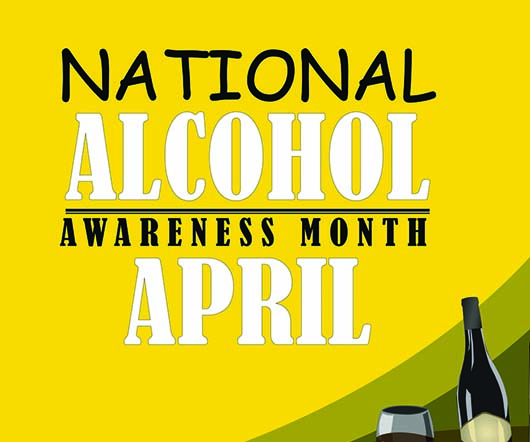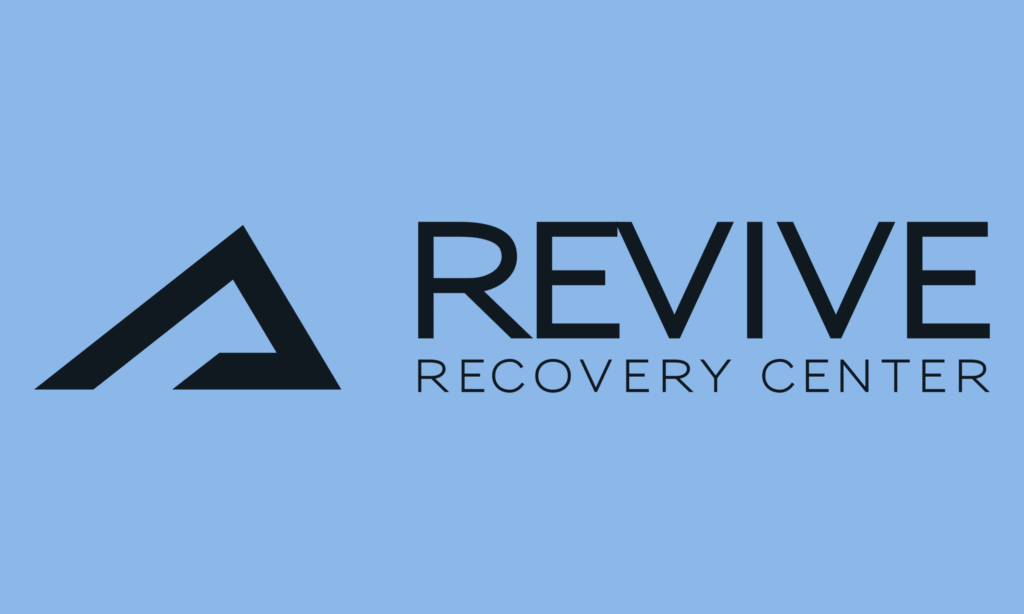CarePortal Expands to Maricopa County Governor Doug Ducey announced the official launch of CarePortal in Maricopa County to help keep more vulnerable Arizona families together. The CarePortal is one of...
CarePortal Expands to Maricopa County
Governor Doug Ducey announced the official launch of CarePortal in Maricopa County to help keep more vulnerable Arizona families together.
The CarePortal is one of many partnerships formed through the Council on Child Safety and Family Empowerment, chaired by First Lady Angela Ducey, and is designed to connect families in crisis with local faith-based organizations willing to lend a hand.
The program equips caseworkers at the Arizona Department of Child Safety with a communications network through which to notify nearby churches of a specific child or family in need, allowing churches to fill the need based on the resources they have available.
“Healing and strengthening our communities takes people working together,” said DCS Director Greg McKay. “For more than one year the CarePortal has been a bridge connecting public servants, local churches, and Arizonans in need. We’re excited to expand the program to Maricopa County.”
This program is one of many actions Arizona has taken to increase foster care and adoption in Arizona. But the CarePortal is about more than that, too. Requests can be anything from money for baby formula to a crib for a newborn to sleep in.
Once the request is submitted to the network, the CarePortal sends out an alert to participating organizations within the family’s zip code — and, after receiving the alert, the organization can identify parishioners willing to assist families in their community.
“We are so excited to expand this successful program,” said Governor’s Office Of Youth, Faith And Family Director Debbie Moak. “The CarePortal is wonderful opportunity to have the public sector and the faith-based community team up to support Arizona families in need.”
The program has operated in Arizona since December 2015, primarily in Pima County. Since its initial launch, the CarePortal has recruited 46 churches that have helped 419 families meet the needs of 1,066 children in our state.
“Our goal is ambitious but simple: keeping our communities strong and ensuring that all children in Arizona have warm homes and loving families,” said Governor Ducey. “This innovative program emphasizes the important role that our communities play in helping families in need, and I encourage Arizonans to do anything they can to help expand the CarePortal’s reach.”
On February 14, Governor Doug Ducey, First Lady Angela Ducey, DCS Director Greg McKay, and GOYFF Director Debbie Moak joined officials from CarePortal and Grand Canyon University for a special launch event to kick off the program’s expansion in Maricopa County. http://azgovernor.gov/
Why do Teens try Alcohol?
There is no single reason why, but here are some core issues and influences behind the behavior of teenage drug and alcohol use.
Other People — Teens see lots of people consuming various substances. They see their parents and other adults drink alcohol, smoke cigarettes and, sometimes try other substances. A teenager’s social scene often revolves around drinking and smoking marijuana. Sometimes friends urge one another to have a drink or smoke pot. It’s just as common for teens to start trying a substance because it’s readily available and they see their friends enjoying it. In their minds, they see drug use as a part of the normal teenage experience.
Popular Media — Forty-five percent of teens agree with the statement: “The music that teens listen to makes marijuana seem cool.” And 45 percent of teens agree with the statement “Movies and TV shows make drugs seem like an OK thing to do.” So be aware of the media they watch or listen to.
Escape and Self-Medication — When teens are unhappy and can’t find a healthy outlet for their frustration they may turn to chemicals for solace.
The often-rough teenage years can take an emotional toll on children, sometimes causing depression, so when teens are given a chance to take something to make them feel better, many can’t resist.
Some may abuse prescription medicine to manage stress or regulate their lives. They abuse prescription stimulants (used to treat attention deficit hyperactivity disorder) to provide additional energy and the ability to focus on studying or taking tests. Others abuse prescription pain relievers and tranquilizers to cope with academic, social or emotional stress.
Boredom —Teens who can’t tolerate being alone, have trouble keeping themselves occupied or crave excitement are prime candidates for substance use. Alcohol and marijuana give them something to do, those substances help fill the internal void they may feel.
Rebellion — Rebellious teens choose different substances to use based on their personalities. Alcohol is the drug of choice for the angry teenager because it frees him to behave aggressively. Meth encourages aggressive, violent behavior, and can be far more dangerous and potent than alcohol.
Marijuana seems to reduce aggression and is more of an avoidance drug. Some teens abuse prescription medicine to party and get high.
Instant Gratification — Drugs and alcohol work quickly. Teenagers turn to drug use because they see it as a short-term shortcut to happiness.
Lack of Confidence — Many shy teens who lack confidence report they’ll do things under the influence of alcohol or drugs that they might not otherwise. Alcohol and other drugs tend not only to loosen, inhibitions alleviate social anxiety.
Misinformation — Perhaps the most avoidable cause of substance use is inaccurate information about drugs and alcohol. Nearly every teenager has friends who claim to be experts on various recreational substances, and they’re happy to assure her that the risks are minimal. Educate your teenagers about drug use, so they get the real facts about the dangers of drug use. For more information on how to talk to your children visit drugfree.org or call Parent Toll-Free Helpline: 1-855-DRUGFREE.


























